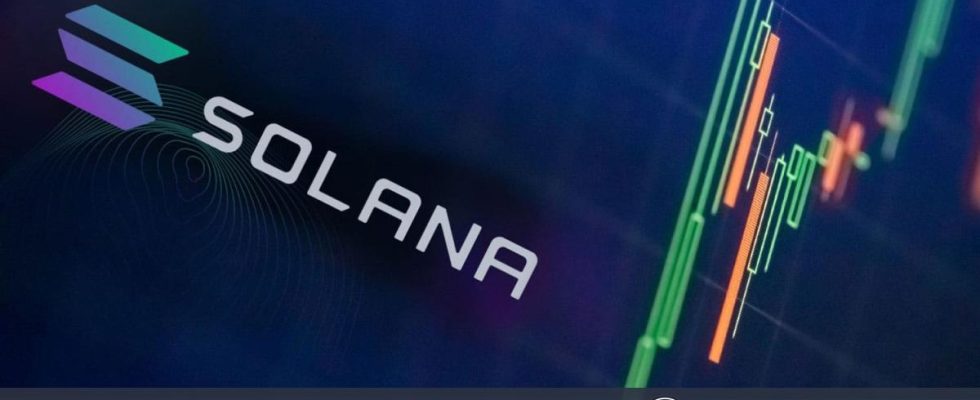Solana (LEFT) its network is currently experiencing congestion, leading to potential malfunctions or delays in users’ transactions.
The root of the issue lies in the behavior of the QUIC implementation and the Agave validator client when processing large numbers of requests in Solana. The Anza team said it is preparing to test a patch to address existing network congestion.
Recently, there has been an increase in “failed” transactions on blockchain networks. However, the term “failure” seems to cause some confusion. On a network like Solana, a failed transaction isn’t necessarily a negative event. In fact, it indicates that the network is functioning as intended. A failed transaction is promoted not as an error but as a feature designed for user protection.
Unlike many other blockchains’ networks, Solana transactions are not phased. Instead, transactions are sent directly to those responsible. This model is more efficient and provides faster feedback on whether the action should be included or not. According to developers, this offers more direct feedback to users than a staging model often called mempool, where transactions can remain in limbo for inconsistent periods of time.
When a transaction fails, the network protects consumers and users by verifying the conditions of a transaction. These conditions include “Did the transaction owner provide a correct signature?”, “Does the transaction owner have the necessary assets for the transaction?” and “Is a token swap available at the expected price?” There are controls such as. In other words, transaction failure is an application-level feature. It’s not that the protocol can’t handle the logic or the payload. A failed transaction is still processed as expected and the transaction fee is paid.
Early 2024 saw a significant increase in memecoin activity on the Solana blockchain. Memecoins are highly volatile assets that anyone can create and thousands of them are produced every day. Combined with the multitude of decentralized exchanges (DEXs) on Solana, this provides the perfect environment for DEXs to have wildly different prices for similar assets.
In this volatile environment, investors may try to trade multiple assets simultaneously to make a risk-free profit. Low fees at Solana make it profitable for some to execute many transactions in search of these opportunities.
According to the latest dashboard, over 80% of failed trades are due to error code 0x1771, which is the code for exceeding slippage amount. In other words, a significant portion of unsuccessful transactions are due to the recent Memecoin craze and wallets that want to have these Memecoins at affordable prices receiving errors due to slippage.
*This is not investment advice.
For exclusive news, analysis and on-chain data Telegram our group, twitter our account and YouTube Follow our channel now! Moreover Android And iOS Start live price monitoring now by downloading our applications!
